Baltcoming
ABOUT
Baltcoming is a registered trade name of Estravel Ltd., the leading travel agency, destination management company and professional conference organiser in the Baltic States.
Baltcoming has full-service offices in Tallinn, Riga and Vilnius, offering travel services in Estonia Latvia and Lithuania. We have over 30 years of experience knowing routes by heart, all the best places to visit and a lot of good suppliers we deal with every day.
Discover with us medieval ramparts and streets, the world’s well-known collection of art nouveau architecture, and a rich selection of Gothic, Baroque and classical buildings in the region’s capitals. Find yourself exploring a history of merchant cultures and interesting tourist experiences. Admire a nature, secrets of the forests and lakes that cover endless stretches of countryside. Tour the Estonian archipelago to the islet of Neringa and the Curonian Spit in Lithuania.
DESTINATION INFORMATION
MAPS
Click Map to download
Click here to request a quote from Baltcoming
Request QuoteSAMPLE ITINERARIES
Baltic Lifestyle
Treasures Of Baltic States
11-Day Tour In Baltics
UNIQUE & SPECIAL EXPERIENCES
Baltic States Nature Tour
UNESCO National Heritage Tour
DESTINATION SHOWCASE
Estonia
From its long summer nights and surprising fifth season to its centuries-old charm fostering tomorrow’s tech talent, Estonia has a spellbinding ability to flex its space and time, so it’s tailored to you. Its compact size and effortless accessibility mean whether you’re here for a weekend or for weeks, there’s simply more time to connect to the place and its people. A place that connects Europe with the East and Estonia to the world. A place that fuses Nordic, Baltic, Scandi and Soviet. A place that’s taken the best of each chapter, to write its own unique story. A place that helps you to understand your own place in the world. A place that, for a lot of people, isn’t even on their radar. But it’s about time it was.
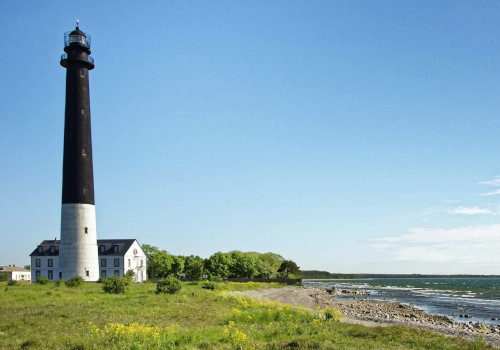
Saaremaa island
Thanks to its mild climate and lime-rich soil, an Estonian island called Saaremaa has very diverse flora and fauna. Nature enthusiasts are welcome to explore study trails at the Viidumäe Nature Reserve and the Vilsandi National Park, which boasts thousands of migratory birds and wild orchids. Kuressaare, which has a long history as a resort town, likely has the highest number of spas per capita in the world – it has one spa location for every ten inhabitants. There are suitable spa services for those who need medical spa treatments and those who have arrived for a relaxing spa vacation and fun times with their family. After spa procedures, it is great to walk in the lovely old town and take in the architecture, cafés and galleries.
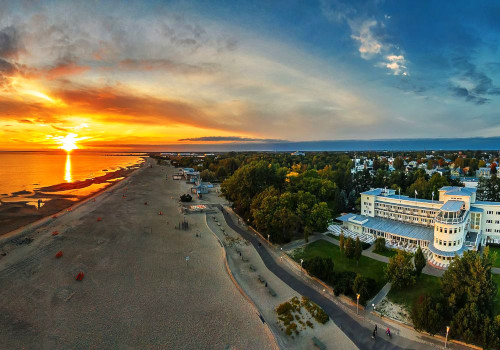
Pärnu
The ultimate summer holiday destination in Estonia, Pärnu attracts holidaymakers with its large sandy beach, numerous restaurants, cocktail bars, spas and a relaxed, laid back vibe. In 2020, Pärnu was voted the most sustainable destination of the Baltic Sea countries. The city is special because of its sea, rivers, beaches and promenades and its many parks, avenues and forest groves. Pärnu’s diversity and amenities have made it a resort with a 180-year history, which is why protecting and valuing its nature is a priority when it comes to the development of the city. The competition for international sustainable travel destination success stories is organised by Green Destinations to recognise places that put effort into making the experience of visitors more sustainable and value-based.
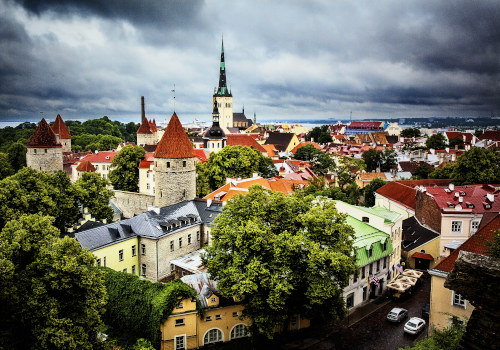
Tallinn
Tallinn is the capital city of Estonia and a perfect holiday destination if you want to combine the comforts of the modern world, versatile nightlife and luxurious adventures with a rich cultural scene in the local historical setting. Tallinn Old Town is one of the best-preserved Hanseatic town centres in the world. A stone’s throw away you’ll find the city’s business centre with modern towers and luxurious hotels, trendy neighbourhoods and large shopping centres. Tallinn is the first point of entry to Estonia for most visitors, and if you’re the kind of person who likes to jump right in, then you’re in luck, as Tallinn city centre is never more than 15-minutes drive away regardless of if you happen to arrive by plane, train, coach or ferry.
Latvia
Latvian cuisine, love for handmade crafts and ancient traditions spread across the country. Special occasions like the summer solstice are celebrated in all Latvia without exceptions. Latvia has inherited plenty of manors and castles from previous rulers over time. Many today serve as state-of-art boutique hotels, workshop centres or museums. It has plenty of white sand beaches with over 500 km of coastline and has around 12,000 rivers and 3,000 small lakes. With over 800 Art Nouveau buildings, Riga is one of the world’s greatest galleries of this style.
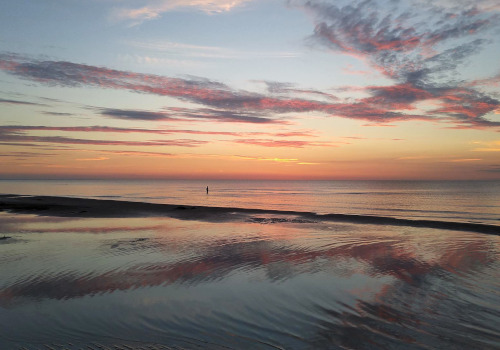
Jurmala
Jurmala, a seaside city and resort in Latvia, is well known for its natural resources - curative mud, mineral waters and pine forest. The almost 25 km-long white sand beach, which is well-landscaped for all, will allow everyone to find an undisturbed place for sunbathing and swimming. The traditional Resort Festival of Jūrmala celebrates the beginning of summer all day long. You can enjoy the “Ice Cream Festival”, the unique international street dance competition “Ghetto Dance Hardcore Battle”, various concerts, as well as a festive procession.
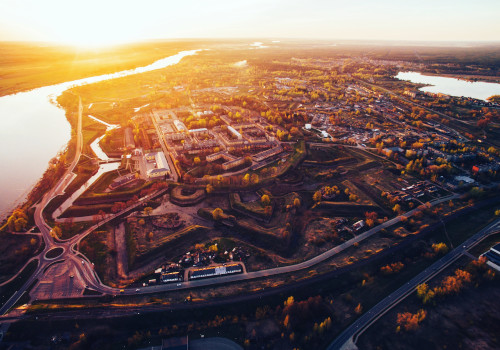
Daugavpils
The city, with Dinaburgas Castle at its centre, was founded by the Livonian Order, but it had been ruled over by Poles, Swedes, Russians and Germans. History has left its mark on Daugavpils in its architecture, the diversity of its residents, and its culture. Daugavpils Fortress is a significant cultural and historical object, which covers an area of 2 km2. It has a centuries-old history, which can especially be felt in the Museum of World War I. Church Hill – a place where four churches stand side by side. Each of them represents a different denomination, but together they create a truly fantastic architectural ensemble.
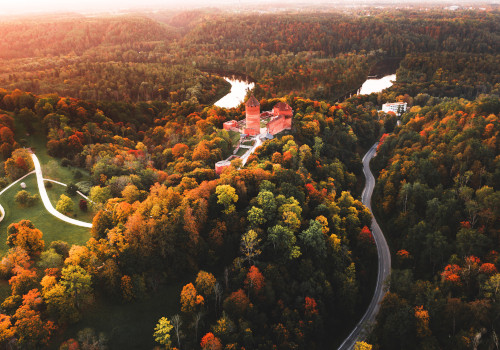
Sigulda
You will be captivated by the closeness of nature and will be able to test your physical endurance and try some delicious local specialties. Sigulda offers amazing places where you can traverse obstacle courses located in treetops. At the Adventure Park “Mežakaķis” you will find 6 tracks with various difficulty levels. In total, 82 obstacles! Meanwhile at Tarzāns, the largest open-air adventure park in the Baltics, you can not only wander around treetops 20 metres above the ground but also take a ride down a toboggan track. In may, take the opportunity to find out how the winemakers at Zilver Wine capture apples in brandy bottles. You will also find out how the bottles with a ripened apple inside get filled with brandy aged in oak barrels. After that, it’s time to try a variety of Zilver fruit wines.
Lithuania
A mere speck on the world map to an outsider, Lithuania is a country that was built over thousands of years. It is a place that intertwines the experiences of their ancestors, the battles that were fought, and the love that was shared. Lithuania is mostly about its people. The people who built the state and the cities, who engendered cultural enrichment and knowledge, and who searched for their true identity. Lithuanians are proud to have been brought up in a country with such a rich historical past, and they try to accentuate their national heritage by doing their best on stages and in sports arenas, by being great painters and authors, by singing their hearts out to thousands of people, and by making their presence known with the tricolor flag.
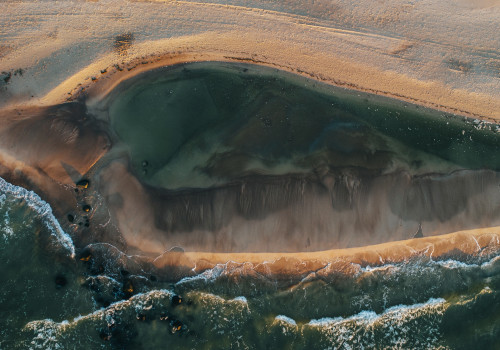
Palanga
Palanga is a resort famous for white sand beaches and its pleasant dunes. It is a universal resort in Lithuania where anyone can find a suitable way to rest and have fun. Palanga is like a split-personality resort: a peaceful wonderland in winter and a pulsating party spot in summer. Tourists from all over Lithuania and abroad come for its seaside landscape, entertainment and treatment procedures.The Amber museum explains the history of amber formation and displaying original pieces of amber is also there – located in a beautiful park designed by the famous French landscape architect and botanist Eduard Fransua André.
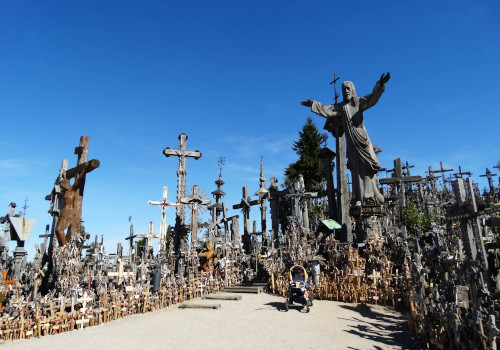
The Hill of Crosses
The Hill of Crosses is one of the most famous places in Lithuania, which attracts numerous tourists and pilgrims from all over the world. On two small hills there are millions of wooden, stone and other types of crosses and colourful rosaries. Pope John Paul II blessed the site in 1993 declaring it a place for hope, peace, love and sacrifice.
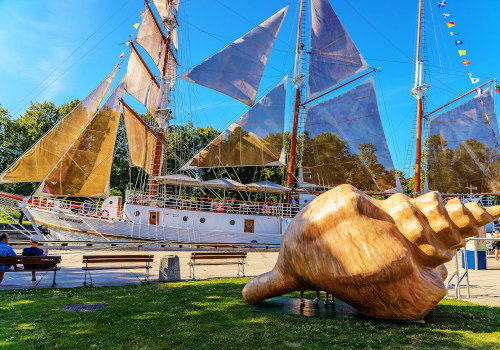
Klaipeda
This city has a lot to offer to enhance its visitors’ health. Klaipėda’s unique location allows guests to enjoy different forms of rehabilitation, and medical treatments strengthened by the natural therapeutic remedies of the Baltic Sea. The Kopgalis Fort complex, which houses the Maritime Museum, Aquarium and a Dolphinarium, is one of the main attractions in Klaipėda. The Dolphinarium is the only one of this kind in the entire eastern part of the Baltic coast. Visitors come from all over the world not only to enjoy dolphin shows but also to heal with dolphin therapy for children with disability.
LOCAL WEATHER
The climate of the Baltic States is greatly influenced by the Baltic Sea and the Gulf of Finland. Estonia, Latvia and Lithuania have four distinct seasons with July being the warmest month as high as 30°C (86°F) and February the coldest as low as -15°C (5°F). The warm season lasts for 3 months, from June to September and the cold season from December to March. The winters are freezing and snowy, and it is a partly cloudy year round.
The wetter season lasts about 9 months, from the end of March to the middle of December, with a greater than 28% chance of a given day being a wet day. The month with the wettest days in the Baltic is May.
Rain falls throughout the year in the Baltic. The month with the most rain in the Baltic is April, with an average rainfall of 3.7 inches.
The snowy period of the year lasts for about 5 months, from November to April, with a sliding 31-day snowfall of at least 1.0 inches. The month with the most snow in the Baltic is January, with an average snowfall of 9.1 inches.
The length of the day in the Baltic varies significantly over the course of the year. The shortest days are in December, with about 9 hours of daylight; the longest days are in June, with around 15 hours of daylight.
Clothing and dress recommendations
The best time of year to visit the Baltic for general outdoor tourist activities is from mid-June to mid-September. You should pack clothing that breathes for a summer vacation, preferably made from natural fabric. While Lithuania, Latvia, and Estonia can see temperatures in the 80s or more during summer, such temperatures are not as typical as they are in other parts of Europe.
You should also prepare yourself with something that helps you get through the rainy days since it’s always possible that it surprises you when you expect it the least.











